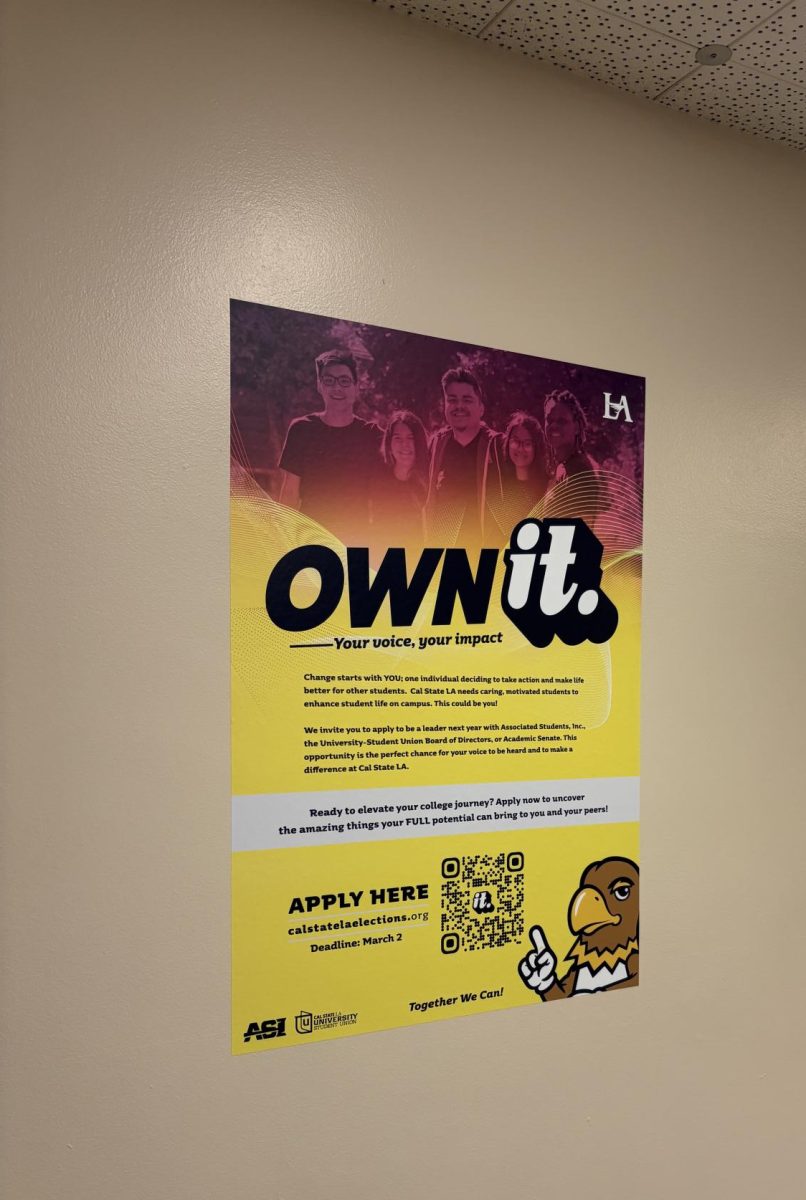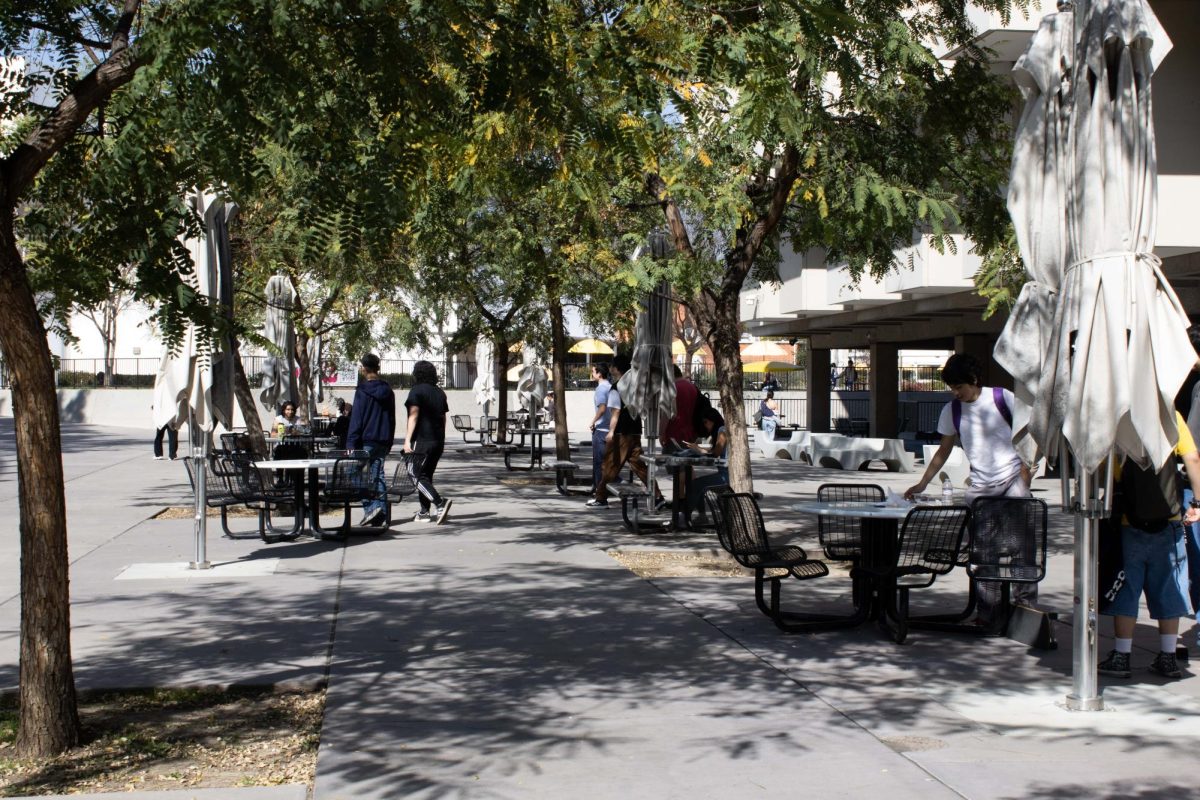Did you know that the CSU system experienced a decline of 6.5% in undergraduate enrollment between 2019 and 2023 from a report by The Campaign for College Opportunity?
The pandemic did cause a lower enrollment, but other factors include: high costs of tuition, complex college applications, and online learning platforms.
“I personally don’t think university prices are worth it. If I did not receive any FAFSA, I do not think I myself would attend college,” Kayla Chavez said. “Being in debt in my situation does not outweigh the possibility of potentially earning that money back in the future.”
During the 2023-24 year, tuition was $5,742 for a full-time undergraduate student at a California State University. Now with the statewide tuition increase, the next academic year, 2024-25, full-time students would pay $6,084.
Even though the budget is increased for the CSU system, interviewees in the report by The Campaign for College Opportunity mentioned how the funding is inadequate to meet student needs. For example, Cal State LA’s library construction has an indefinite pause on construction but plans to be done by fall 2024. Another plan is that King Hall is going to be renovated, according to an April 2022 UT story, but construction has not started.
A report administered by the ACT said that 66% of first-year college students were struggling with online coursework because it was challenging.
“I started college a year into the pandemic, and during my first semester, it was quite difficult to assimilate back into the classroom environment,” Chavez said. “As time has passed, I have been able to find my place in the college environment.”
The ACT report mentions that 65% of first-year college students were concerned about the negative effects of the transition to online learning on their academic success in the next year.
Sara Martinez, a third-year student said that having online classes was difficult because she struggled to understand her studies.
“The COVID pandemic affected my learning journey; when it came to online classes, I didn’t learn much,” Martinez said. “It was very hard to get stuff right. Since I’m more likely a visual learner, I needed help with certain stuff. I needed the actual professor to help me and guide me through it.”
Since everyone was staying home and people had spare time, some decided to pursue more ways to further their education. People were taking online courses, called massive open online courses, or MOOC for short.
An example of an online platform would be edX. Harvard University and Massachusetts Institute of Technology have posted their courses on edX for free. People can pay a fee to earn a certificate when they are done with the course. By offering these online free courses, there are algorithms to automatically grade assignments and to deliver content, as mentioned by Harvard Business Review.
Many people are opting for online learning courses to further their education. Traditional colleges are getting more expensive. As people may have financial hardships, online learning courses can be free and can be flexible to a person’s schedule.
Meanwhile, some studies have shown that many students learn more and form important personal and professional networks and community when they engage in classes that are held in person.







